Home>Gardening & Outdoor>Landscaping Ideas>What Causes Dirt Piles In The Grass
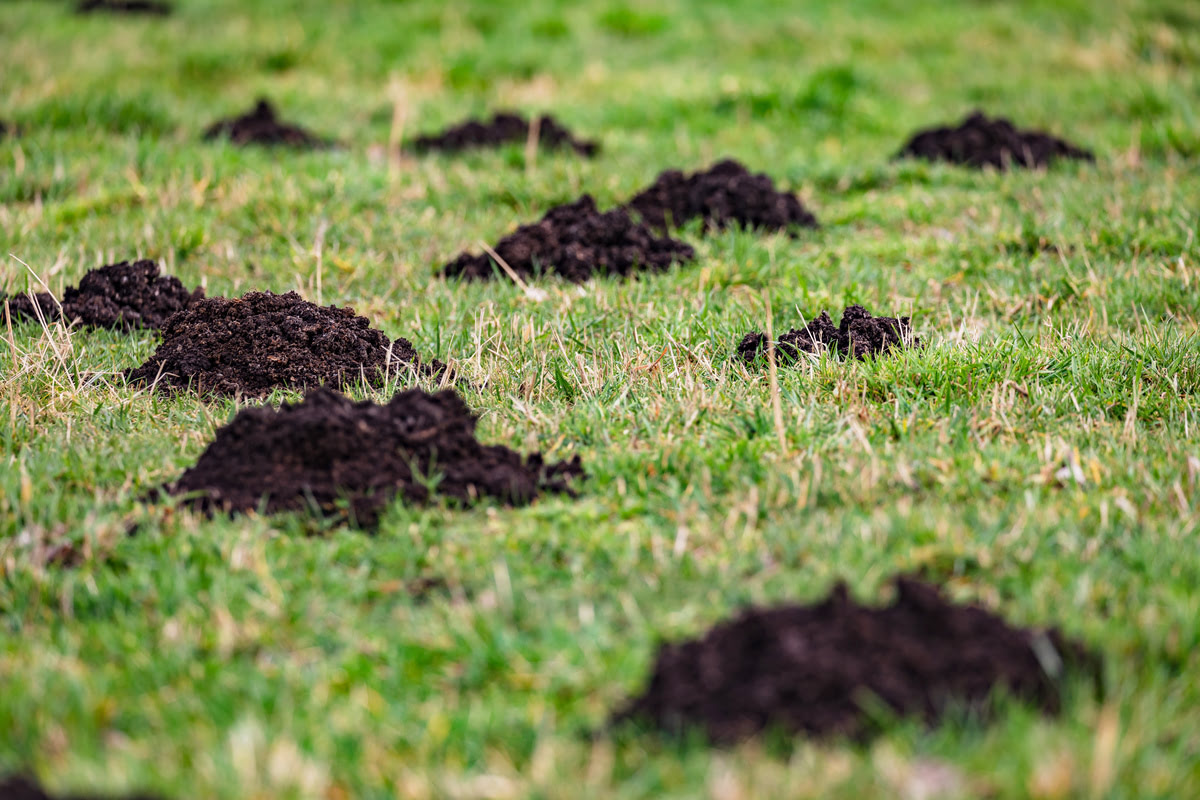

Landscaping Ideas
What Causes Dirt Piles In The Grass
Modified: October 19, 2024
Discover the best landscaping ideas to prevent and remove dirt piles in your grass. Learn how to maintain a pristine lawn with our expert tips.
(Many of the links in this article redirect to a specific reviewed product. Your purchase of these products through affiliate links helps to generate commission for Storables.com, at no extra cost. Learn more)
Introduction
Have you ever stepped onto your lush green lawn and noticed small mounds of dirt scattered across the grass? These unexpected formations can be a puzzling sight for any homeowner. While a well-maintained lawn is a source of pride and joy, the appearance of dirt piles can raise questions about their origin and potential impact on the lawn’s health.
In this article, we will delve into the fascinating world beneath the surface of your lawn to uncover the factors that contribute to the formation of dirt piles in the grass. By understanding the intricate interactions between soil composition, earthworm activity, ant colonies, and the presence of moles, you will gain valuable insights into the natural processes at play. So, let’s embark on a journey to unravel the mysteries of these dirt piles and gain a deeper appreciation for the dynamic ecosystem within your own backyard.
Key Takeaways:
- Dirt piles in the grass can be caused by soil composition, earthworm activity, ant colonies, and the presence of moles. Understanding these factors helps maintain a healthy and uniform lawn surface.
- While dirt piles may seem unsightly, they are a result of natural processes that contribute to soil health and ecosystem balance. By embracing holistic lawn care, homeowners can create a harmonious environment for their lawns.
Read more: What Causes Grass Tetany
Understanding Soil Composition
Soil composition plays a crucial role in the formation of dirt piles in the grass. The type of soil in your lawn, whether it is sandy, loamy, or clay-based, can influence the propensity for dirt piles to emerge. In areas with sandy soil, water drainage is typically rapid, leading to the accumulation of organic matter and debris in specific pockets. This accumulation can manifest as small mounds of dirt on the surface, especially after heavy rainfall or irrigation.
Conversely, clay-based soil, known for its dense and compact nature, may experience soil heaving due to freeze-thaw cycles or the natural expansion and contraction of soil particles. This movement beneath the surface can result in the displacement of soil, giving rise to visible dirt piles on the lawn. Additionally, the presence of excess thatch, a layer of dead grass and organic matter, can contribute to the formation of these mounds as it impedes the natural decomposition of organic material, leading to localized soil elevation.
Understanding the composition of your lawn’s soil is essential for managing the factors that contribute to dirt pile formation. By implementing proper soil aeration, drainage solutions, and thatch management, you can mitigate the conditions that foster the emergence of these unsightly mounds, promoting a healthier and more uniform lawn surface.
Role of Earthworms
Earthworms, often regarded as nature’s gardeners, play a significant role in the formation of dirt piles in the grass. These humble creatures tunnel through the soil, aerating and enriching it as they consume organic matter. As they burrow, they create small channels and cavities beneath the surface, which can result in the displacement of soil particles, leading to the formation of visible mounds on the lawn.
Moreover, earthworm activity is closely linked to soil fertility and structure. Their excrement, known as castings, contains essential nutrients and microbial activity that contribute to the overall health of the soil. As earthworms move through the soil, they deposit these nutrient-rich castings, which can accumulate in localized areas, ultimately giving rise to the formation of dirt piles. Additionally, the natural process of casting deposition can lead to the redistribution of soil particles, further contributing to the elevation of certain areas on the lawn.
While earthworms are beneficial for soil health and nutrient cycling, their activity can result in the occasional appearance of dirt piles on the grass. Understanding the symbiotic relationship between earthworms and soil health is key to managing their impact on the lawn’s aesthetics. By maintaining a balanced approach to lawn care, including proper irrigation, thatch management, and aeration, homeowners can foster a harmonious environment where earthworms contribute to soil vitality without causing excessive disruption to the lawn’s surface.
To prevent dirt piles in the grass, avoid overwatering the lawn, as this can attract burrowing animals like moles and gophers. Keep the lawn well-maintained to discourage these pests from making their homes in your yard.
Influence of Ants
Ants, with their industrious nature and intricate underground networks, can significantly influence the appearance of dirt piles in the grass. These resilient insects construct elaborate tunnels and chambers beneath the surface, creating pathways for foraging, shelter, and rearing their young. As they excavate soil to expand their colonies, they inadvertently contribute to the formation of small mounds on the lawn.
One of the most common reasons for the emergence of dirt piles attributed to ants is their construction of underground nests. As ants tunnel through the soil, they transport the excavated earth to the surface, resulting in the characteristic dome-shaped mounds that dot the lawn. This activity is particularly noticeable in areas where ant colonies are actively establishing or expanding their subterranean dwellings.
Furthermore, certain ant species exhibit behaviors that involve the cultivation of fungi within their nests. These fungus-farming ants create specialized chambers where they cultivate fungal gardens as a food source. The process of tending to these fungal colonies can lead to the accumulation of soil particles on the surface, contributing to the formation of dirt piles in the immediate vicinity of the ant nests.
While the presence of dirt piles caused by ants may raise concerns for homeowners, it is important to recognize the valuable role that ants play in soil aeration and nutrient cycling. Their subterranean activities contribute to the overall health and vitality of the soil, promoting a balanced ecosystem beneath the surface. By maintaining a holistic approach to lawn care and adopting environmentally conscious pest management strategies, homeowners can coexist harmoniously with ants while preserving the visual appeal of their lawn.
Impact of Moles
Moist soil, rich in organic matter, provides an ideal habitat for moles, which are renowned for their subterranean lifestyle and remarkable digging capabilities. The presence of moles in an area can lead to the formation of distinctive dirt piles, often accompanied by surface tunnels known as mole runs. These raised ridges and mounds are a result of the moles’ relentless burrowing activity as they search for earthworms, insects, and grubs, their primary sources of sustenance.
As moles tunnel through the soil in pursuit of prey, they displace substantial amounts of earth, resulting in the visible mounds that emerge on the lawn. These dirt piles, typically conical in shape, mark the entry and exit points of the mole tunnels and serve as indicators of the subterranean activity occurring beneath the surface. Additionally, the interconnected network of mole runs can further contribute to the disruption of the soil structure, potentially leading to uneven terrain and localized soil elevation.
While the presence of moles and the resulting dirt piles may raise concerns for homeowners striving for a pristine lawn, it is essential to recognize the ecological significance of these elusive mammals. Moles contribute to soil aeration and nutrient cycling, and their predation on soil-dwelling pests can help regulate insect populations. By embracing a balanced approach to managing mole activity and maintaining a healthy lawn ecosystem, homeowners can minimize the visual impact of dirt piles while appreciating the ecological role of moles in the broader landscape.
Read more: What Causes Pink Grass
Conclusion
As we conclude our exploration of the factors contributing to the formation of dirt piles in the grass, it becomes evident that the natural processes occurring beneath the surface exert a profound influence on the visual appearance and ecological dynamics of our lawns. The interplay of soil composition, earthworm activity, ant colonies, and the presence of moles shapes the ever-changing landscape of our outdoor spaces, presenting a tapestry of interconnected relationships and ecological phenomena.
Understanding the diverse mechanisms that give rise to dirt piles fosters a deeper appreciation for the intricate web of life within our lawns. The role of earthworms in soil aeration and nutrient cycling, the industrious endeavors of ants in constructing subterranean colonies, and the subterranean pursuits of moles underscore the dynamic nature of our lawn ecosystems. Each of these elements, while occasionally leading to the emergence of dirt piles, contributes to the overall health and vitality of the soil and the broader ecosystem.
As stewards of our outdoor environments, we are presented with an opportunity to embrace a holistic approach to lawn care that balances aesthetic considerations with ecological sustainability. By implementing practices that promote soil health, such as proper aeration, moisture management, and organic matter decomposition, homeowners can create an environment where the natural processes that give rise to dirt piles are harmoniously integrated into the broader ecosystem.
Ultimately, the presence of dirt piles in the grass serves as a poignant reminder of the intricate and often unseen world beneath our feet. By fostering an understanding of the ecological dynamics at play and adopting mindful lawn care practices, we can cultivate landscapes that not only capture the eye but also sustain the delicate balance of life teeming beneath the surface, enriching our outdoor experiences and nurturing the vitality of our cherished lawns.
Frequently Asked Questions about What Causes Dirt Piles In The Grass
Was this page helpful?
At Storables.com, we guarantee accurate and reliable information. Our content, validated by Expert Board Contributors, is crafted following stringent Editorial Policies. We're committed to providing you with well-researched, expert-backed insights for all your informational needs.
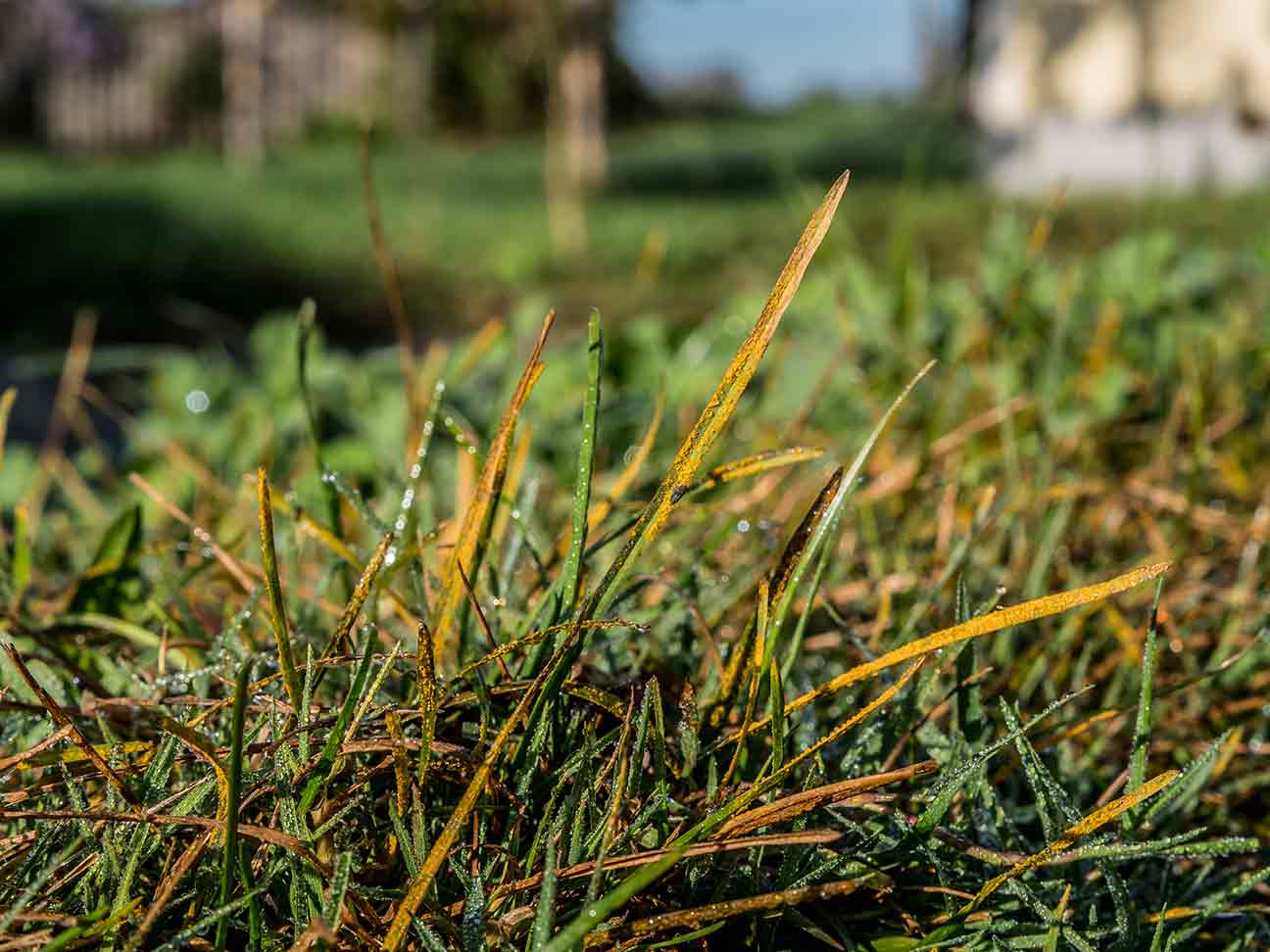
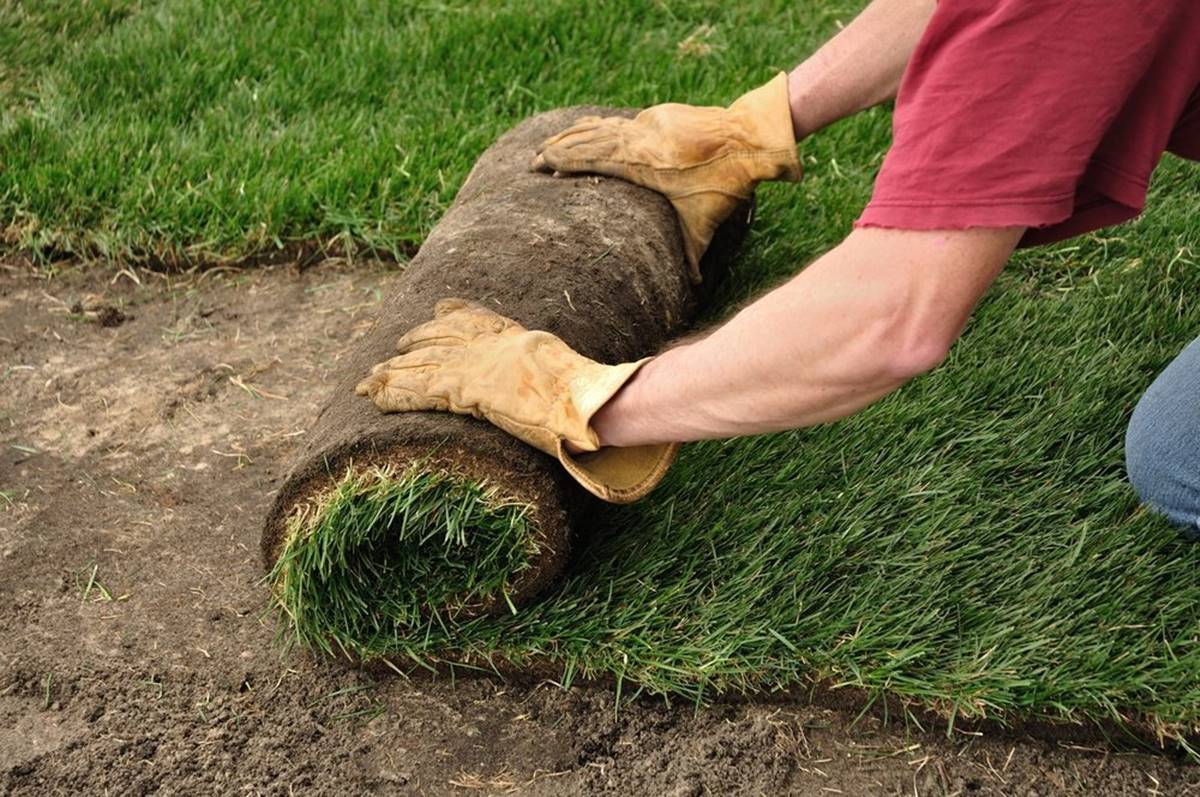
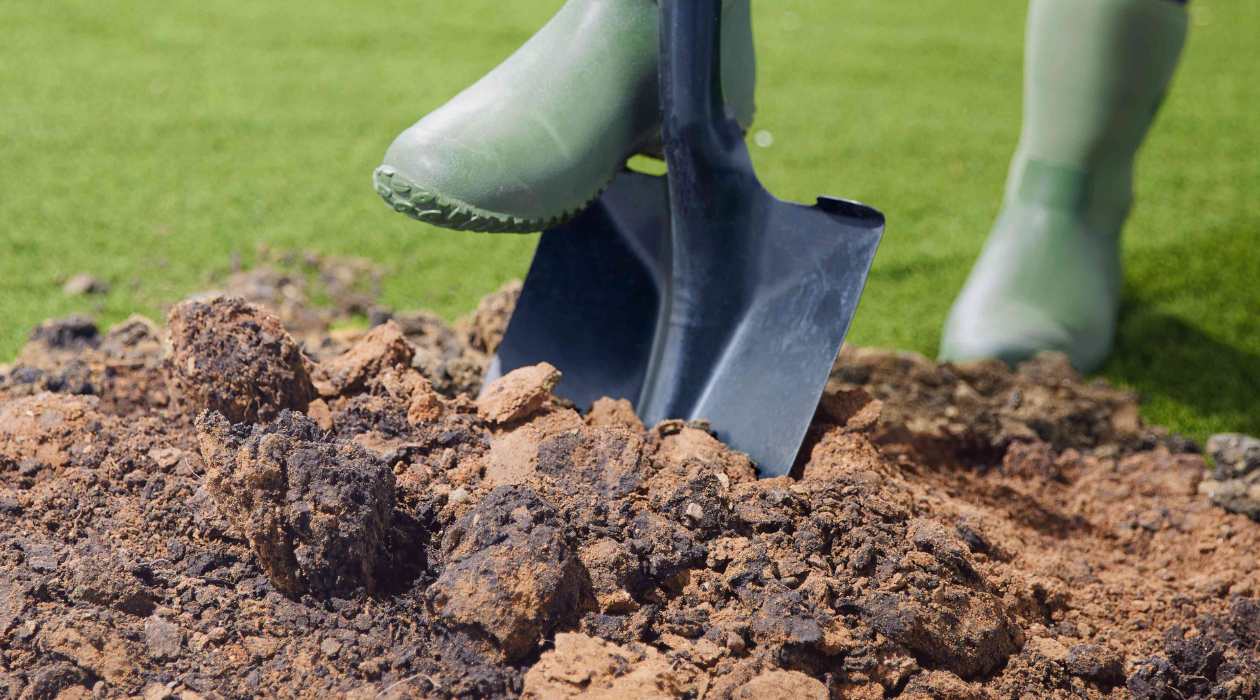
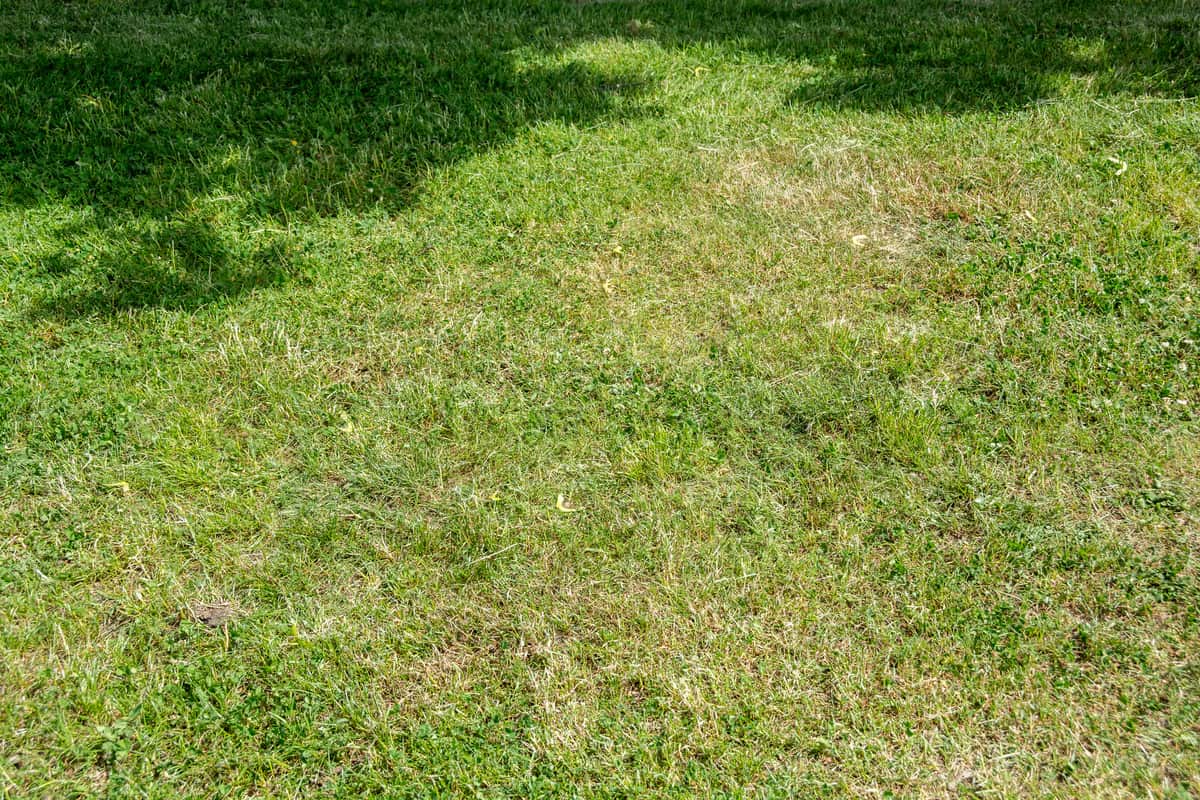
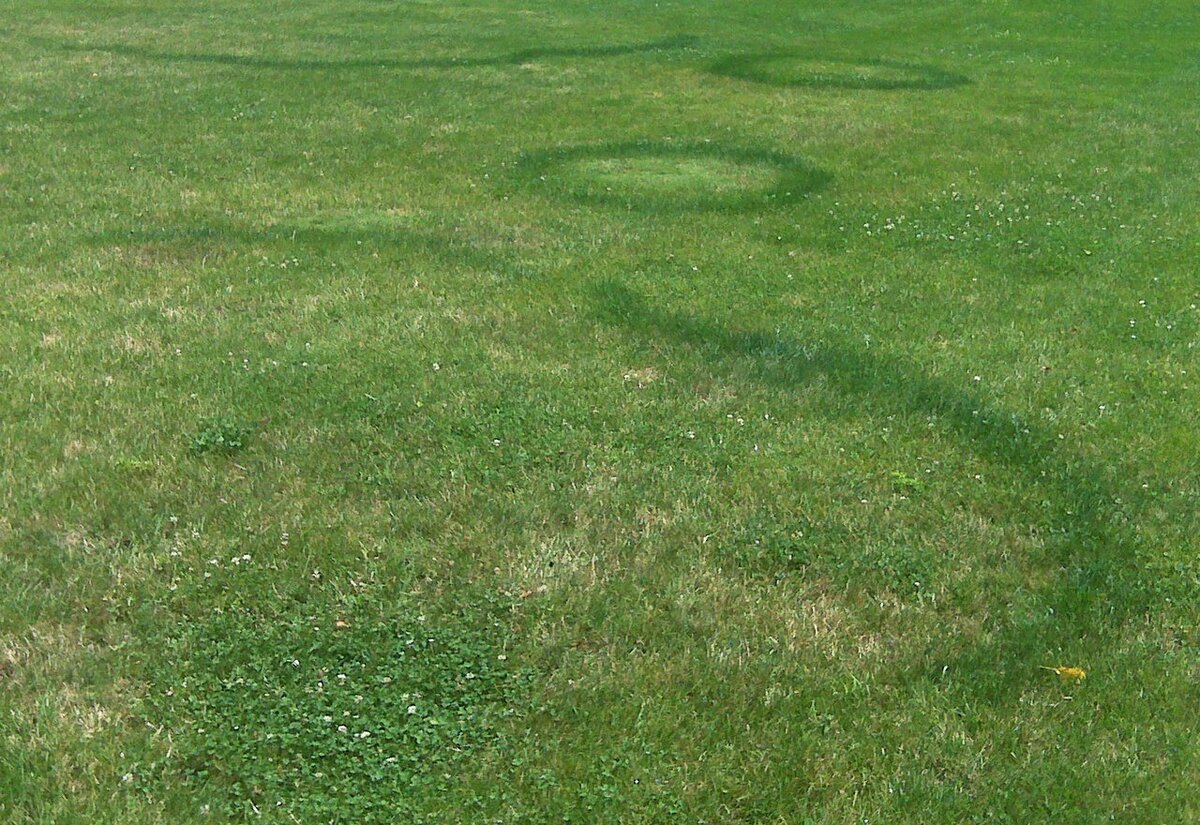
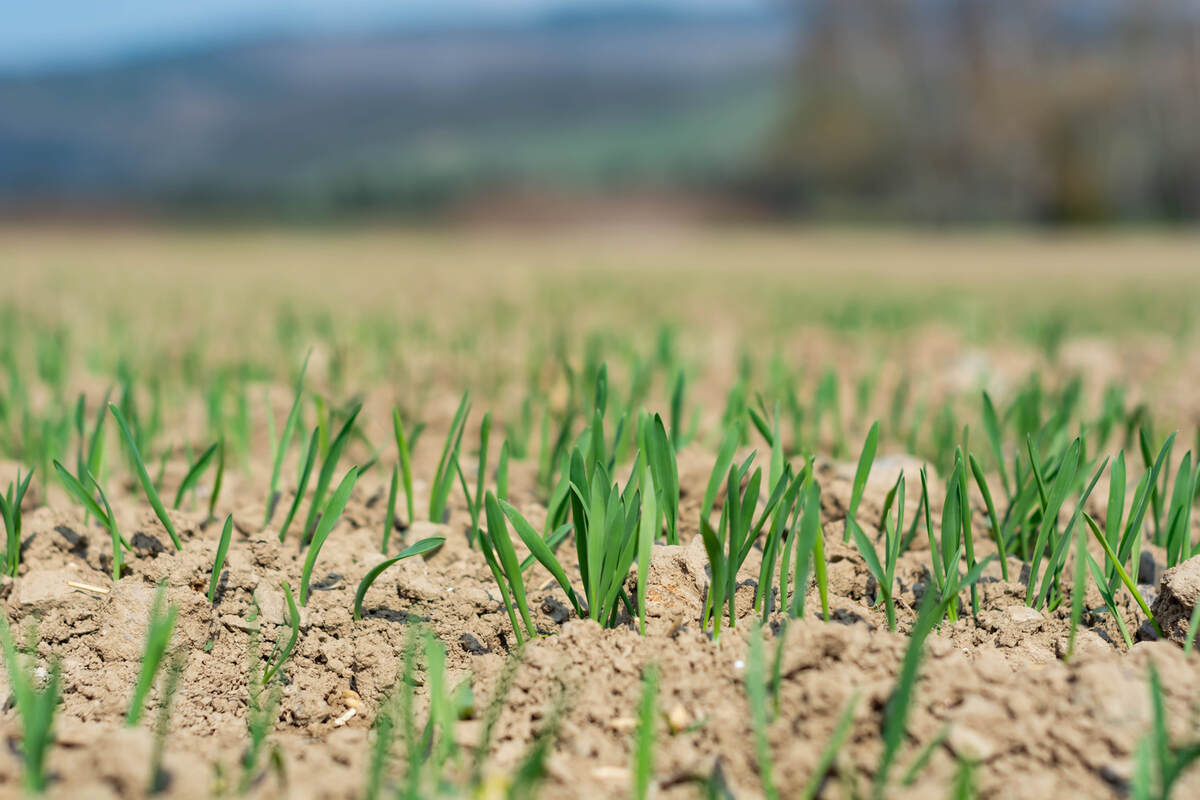

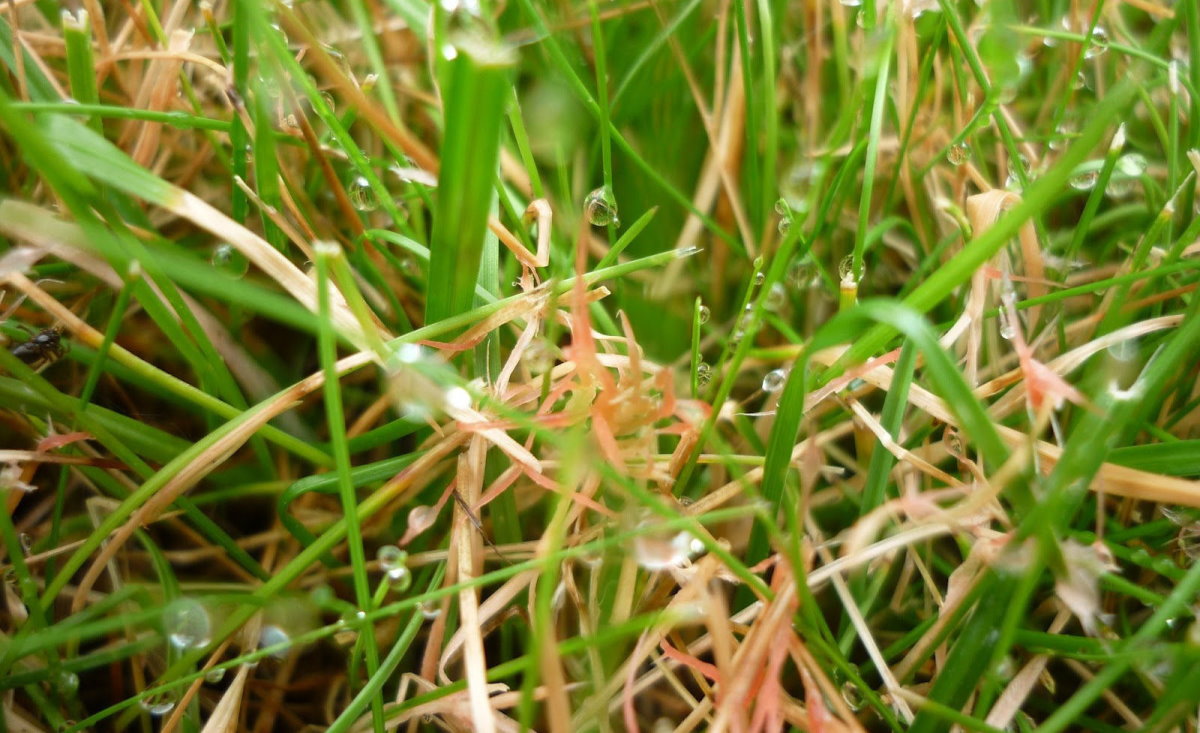
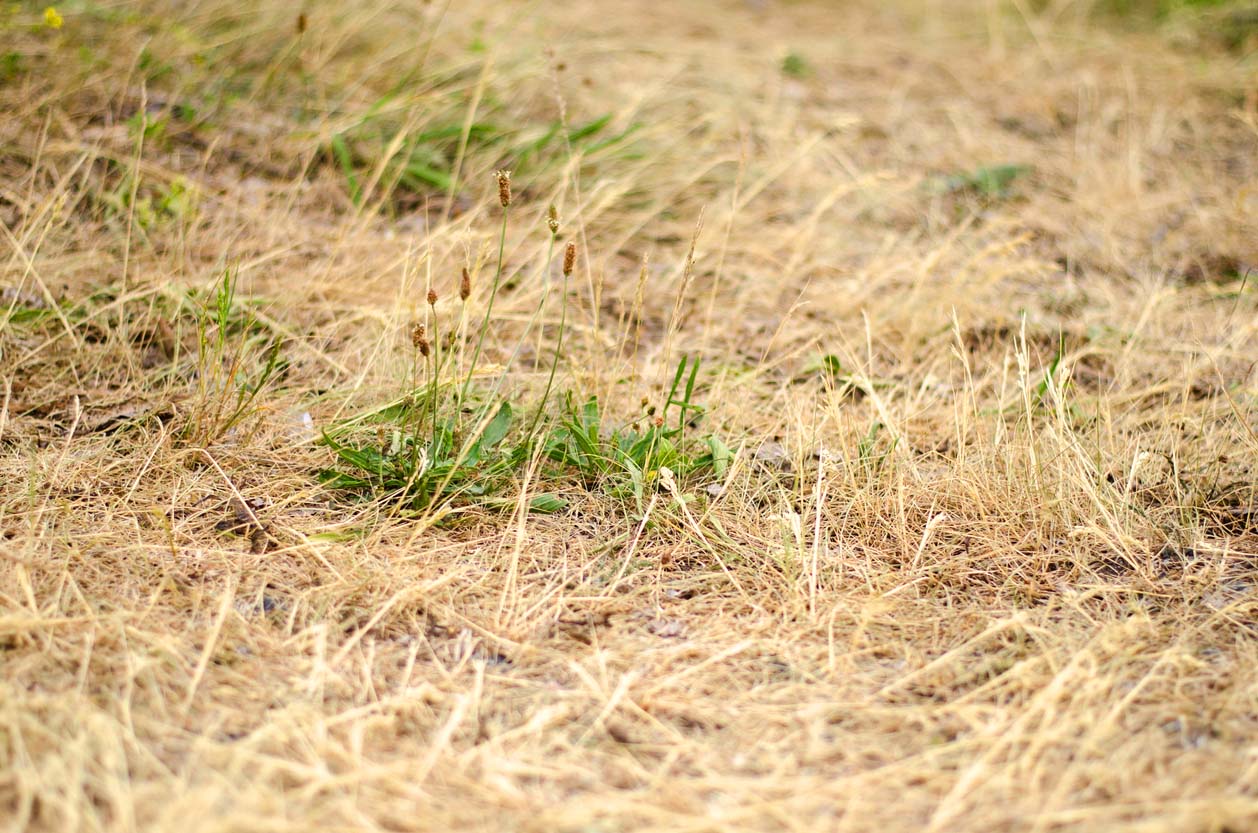
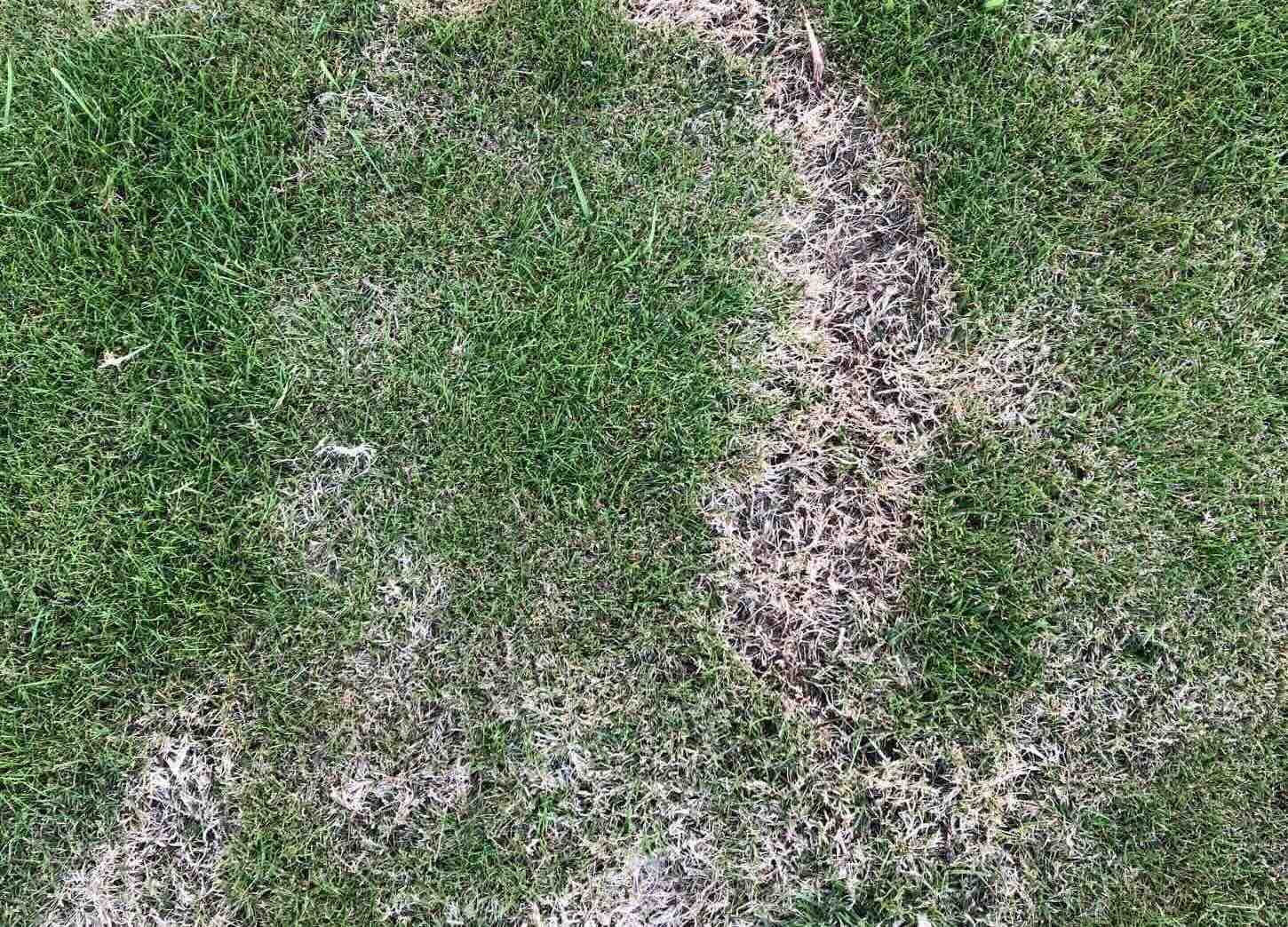
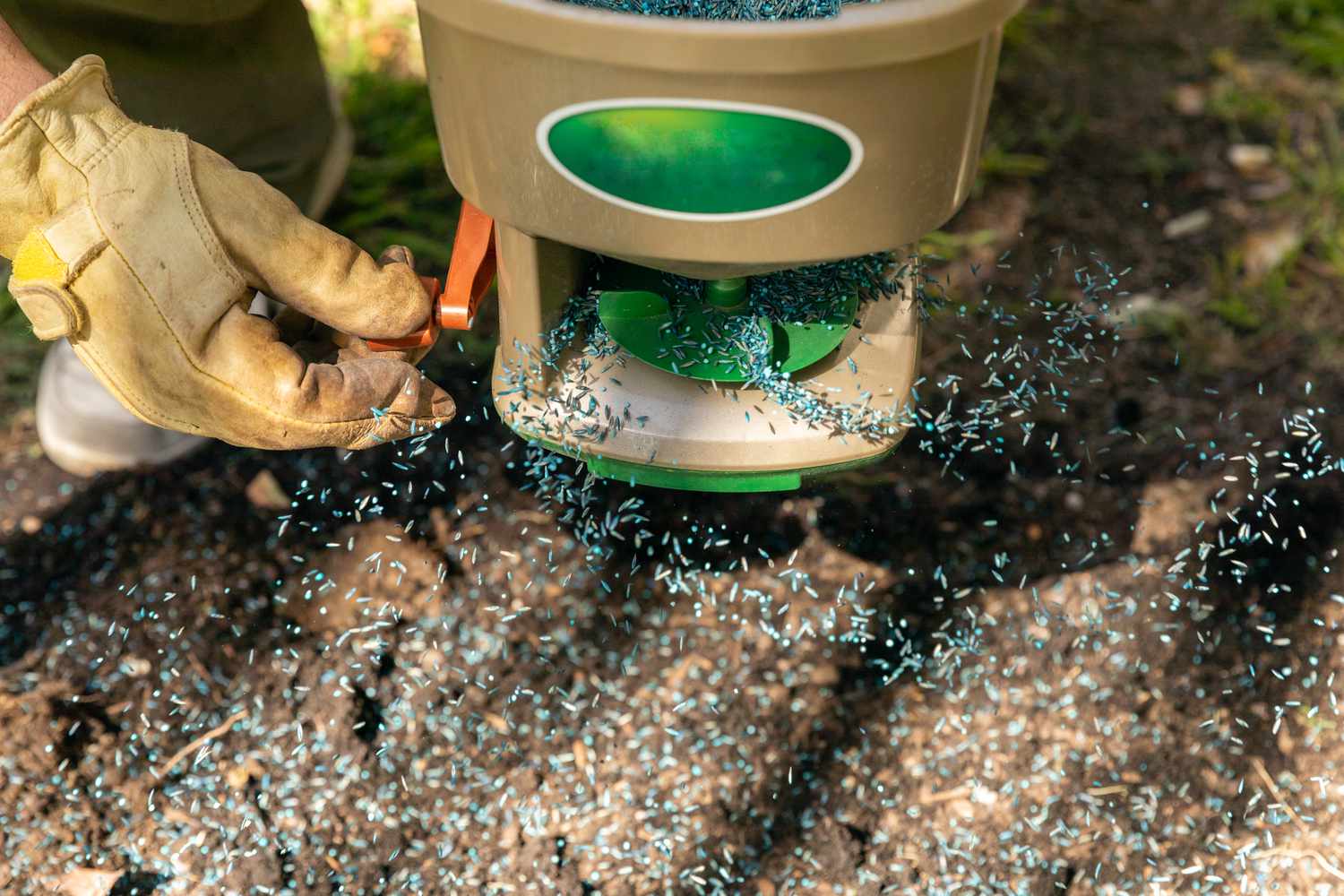
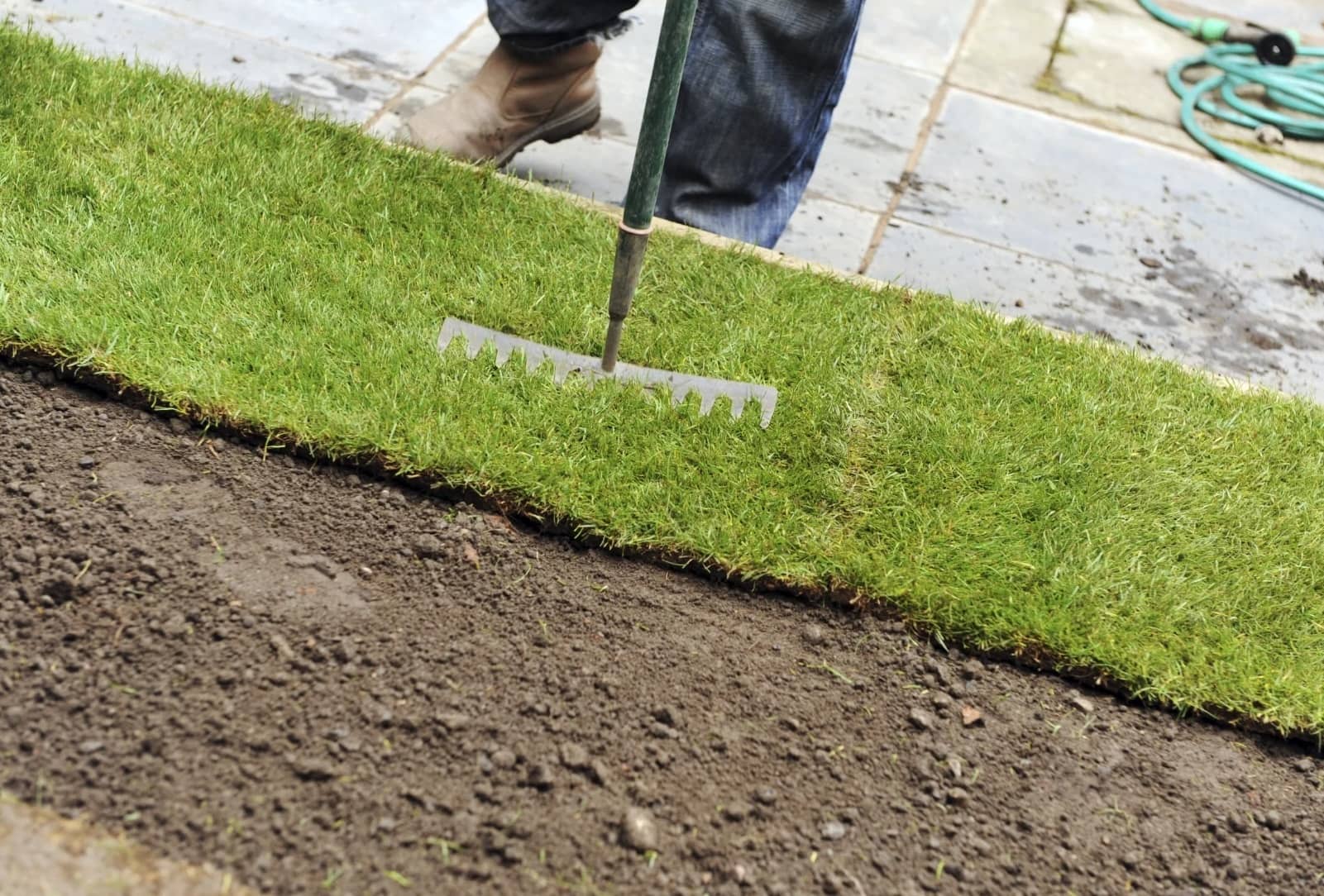
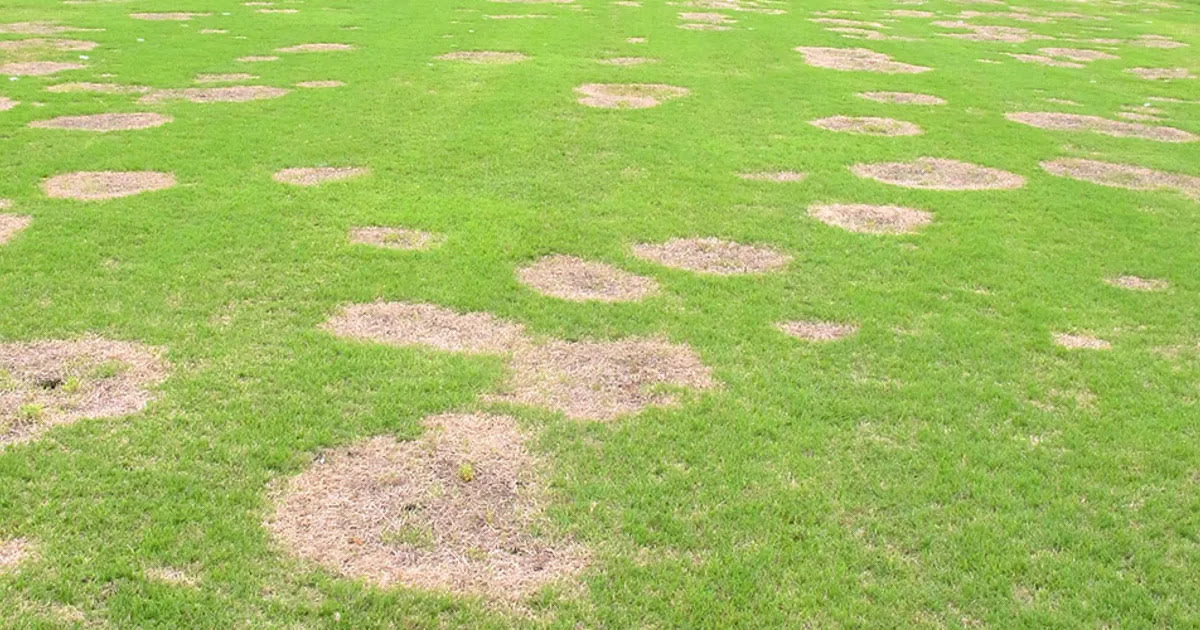
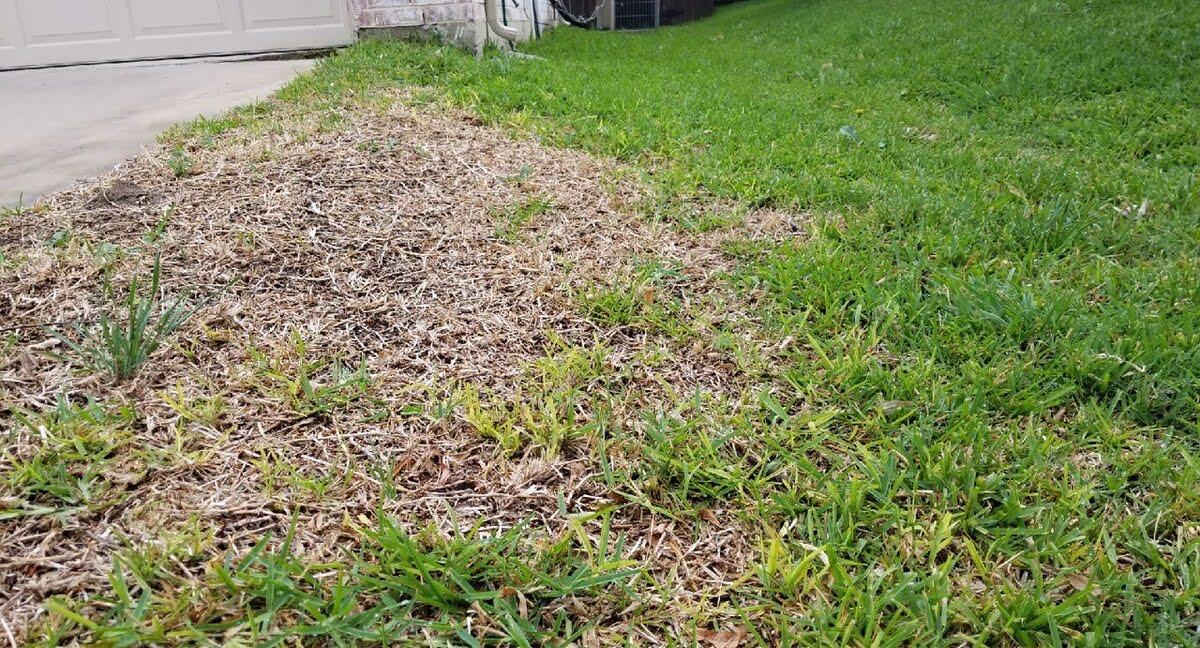

0 thoughts on “What Causes Dirt Piles In The Grass”